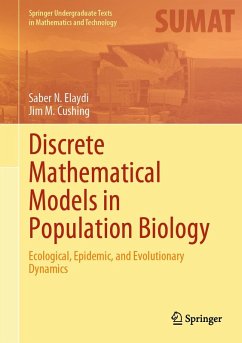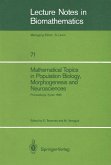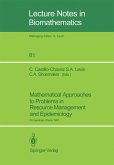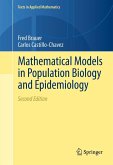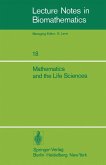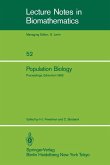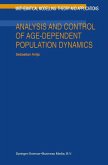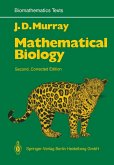Chapters 1-4 constitute the core of the text. Instructors will find the dependence chart quite useful when designing their particular course. This invaluable resource begins with an exploration of single-species models where frameworks for discrete-time modeling are established. Competition models and Predator-prey interactions are examined next followed by evolutionary models, structured population models, and models of infectious diseases. The consequences of periodic variations, seasonal changes, and cyclic environmental factors on population dynamics and ecological interactions are investigated within the realm of periodically forced biological models.
This indispensable resource is structured to support educational settings:
- A first course in biomathematics, introducing students to the fundamental mathematical techniques essential for biological research.
- A modeling course with a concentration on developing and analyzing mathematical models that encapsulate biological phenomena.
- An advanced mathematical biology course that offers an in-depth exploration of complex models and sophisticated mathematical frameworks designed to tackle advanced problems in biology.
With its clear exposition and methodical approach, this text educates and inspires students and professionals to apply mathematical biology to real-world situations. While minimal knowledge of calculus is required, the reader should have a solid mathematical background in linear algebra.
Dieser Download kann aus rechtlichen Gründen nur mit Rechnungsadresse in A, B, BG, CY, CZ, D, DK, EW, E, FIN, F, GR, HR, H, IRL, I, LT, L, LR, M, NL, PL, P, R, S, SLO, SK ausgeliefert werden.

